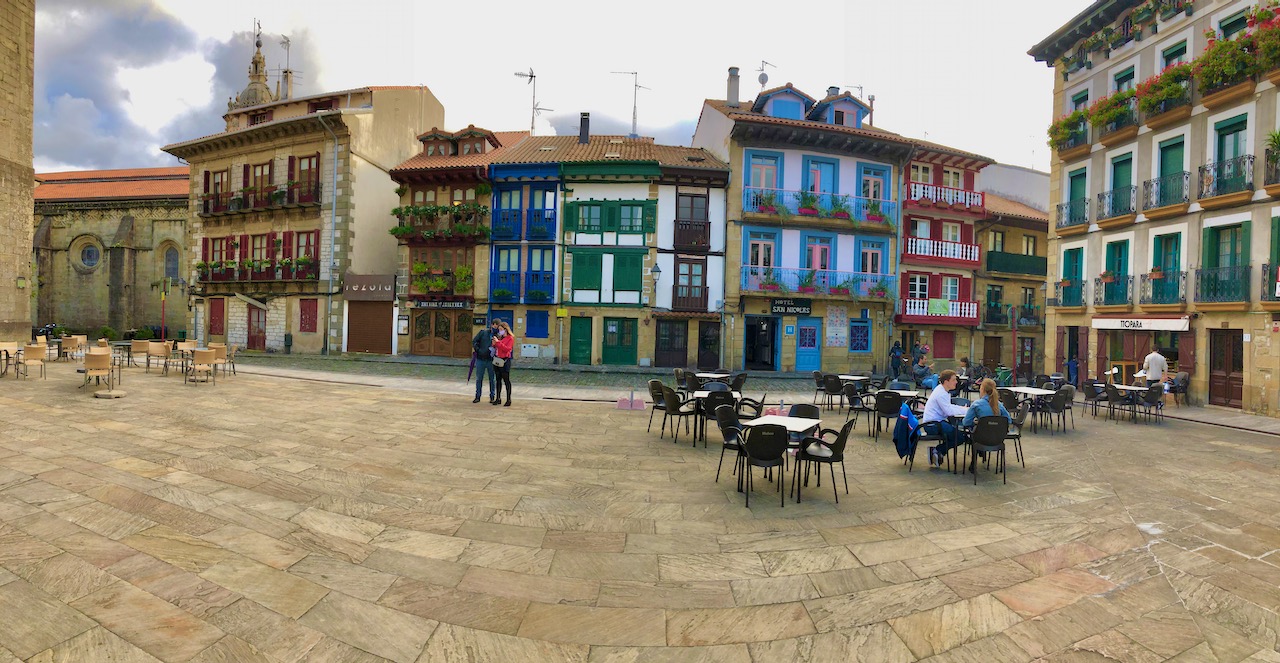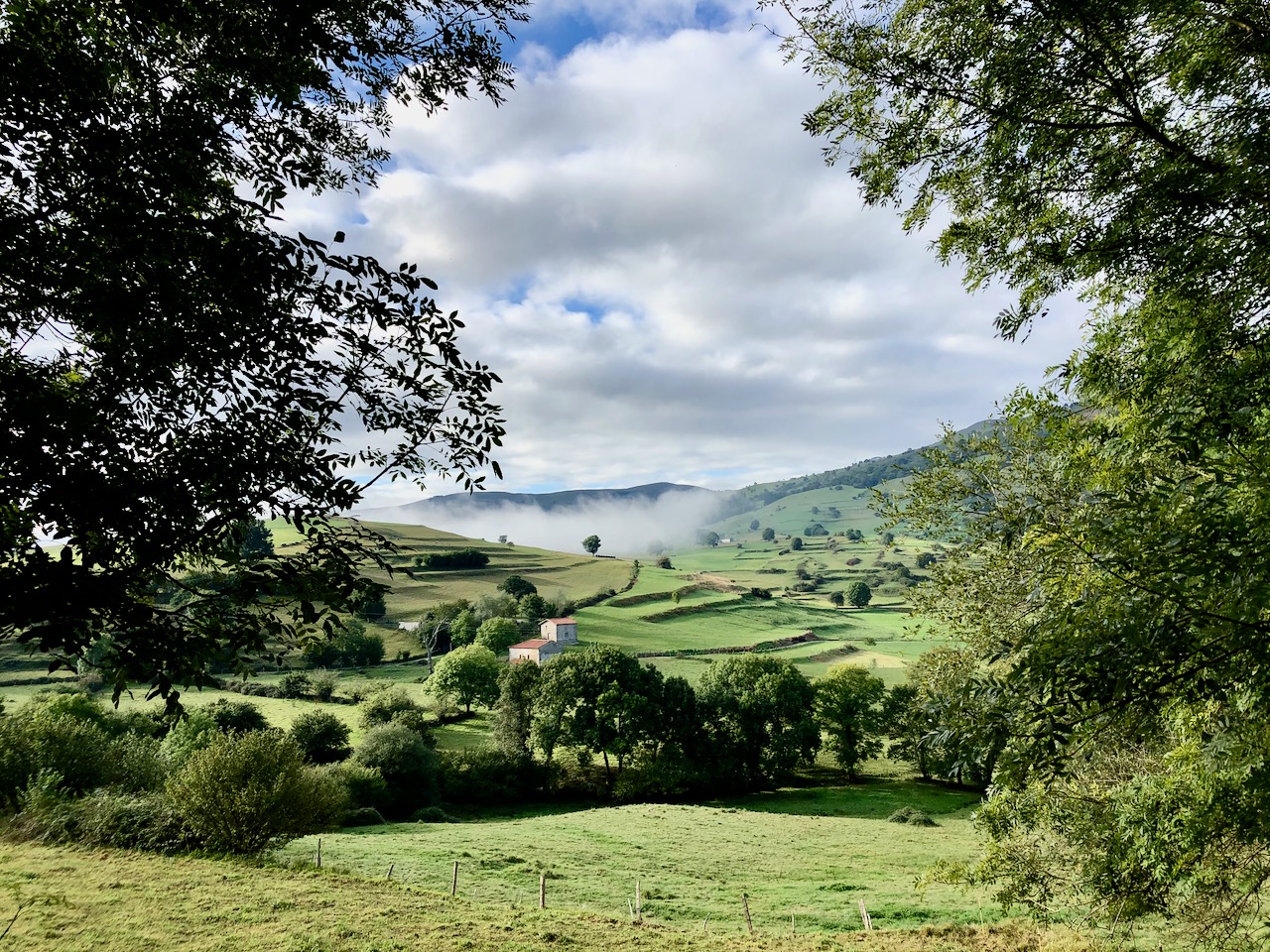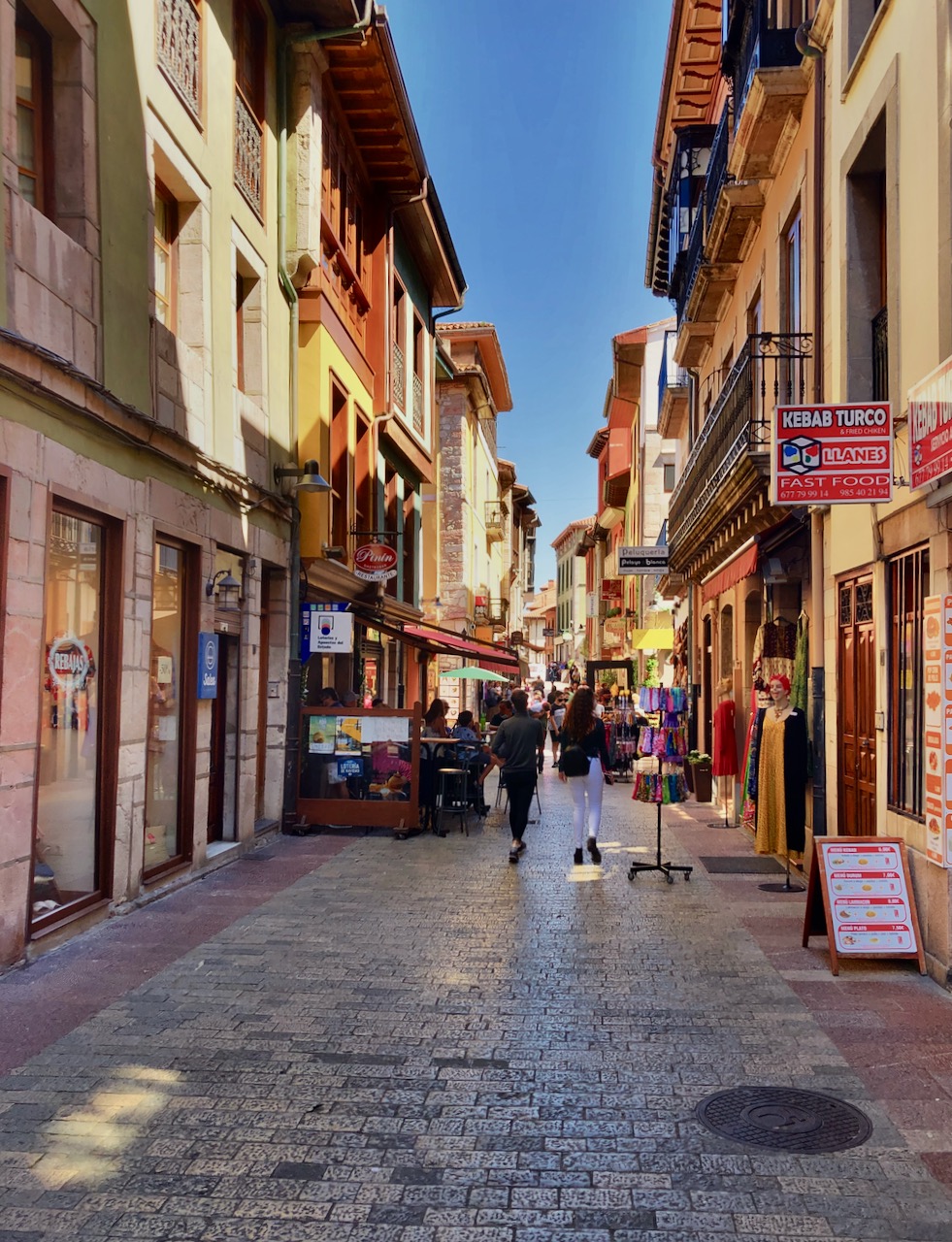Well, 2020 is certainly go down in history as a very strange year. How often in history does one thing affect everyone in the world at the same time?
The travel industry has been especially hard hit. Who is flying unless they really need to? First, you’d be lucky to find a flight as many have been cancelled. Second, if you do find a flight chances are it would be cancelled before your departure date if the airline didn’t feel they had enough people on board to make it worth their while. When you finally arrived at the airport you’d find the whole experience of dealing with airports, gates, boarding and on-flight etiquette rather challenging because of Covid. And then if and when you finally arrived at your destination there’s a good chance you may have to go into quarantine for two weeks. Or, if they don’t get you at your destination, they might on the return trip.
So, after trying air travel and not enjoying the experience, we decided we’d just drive this year and avoid crowded places. Which meant places close to Lisbon, where we chose to ride out the Covid storm.
But in the late summer, now more adventurous, we decided to drive up to the island of Noirmoutier, an island off the coast of Northwestern France where we’ve been spending the better part of our summers for more than twenty years.
The trip is nearly 2,000 km, one way. Easy enough for a Canadian who’s used to traveling long distances to get anywhere back in Canada, but not for Florence, who just doesn’t like being stuck in a car for long periods of time. So I made the drive up by myself and she flew into Nantes, France where we met up. And I decided that I’d stay a few days in Spain, along the Costa Verde coastline, and check it out.

Our first trip was south into the Algarve. It turned out to be a great place to go for a trial run on how to adapt to traveling during the time of a pandemic. The next trip took us up into Northern Portugal, an area we had not seen before and ended up enjoying immensely. We rented a home out in the middle of nowhere, far from everyone, and enjoyed biking, boarding and just letting the world go by as we disconnected ourselves.
As I left Portugal and entered into Spain, the terrain immediately changed – no more rolling hills with crops and vineyards, just flat terrain with freshly plowed fields of grain and sunflowers. It made for a rather boring drive and passing by Salamanca and Leon I didn’t see anything special enough to make me want to stop and take a look. I could see the town from afar by its church steep from more than 20 km out. The same for some of the other Spanish cities of I passed through – Valladolid, Zamora and Leon.
I come from a mountainous part of Canada and that’s what I prefer, elevation and all that comes with it – the rivers, lakes mountains and valleys. Something to see. And as I left Leon that’s what I received as I entered the Cantabrian mountain range, which starts beside the Pyrenees in the east and then follows and hugs the Spanish coastline west, nearly reaching Spain’s furthest westerly shores.
Here the elevation changed, as did my excitement. The highway meandered through what were once glacial valleys while huge mountains with peaks of granite rose up into a deep blue sky. Unfortunately the climb was quick and soon I was descending, passing the old town of Oviedo, until I reached the ocean. I turned west on the A8 and enjoyed an amazing drive through brilliantly lush green fields and clusters of pine forests, passed over slowly flowing rivers, with the Cantabrian mountains on my right and a rugged coastline of steep cliffs, picturesque playas and an azure sea, to my left. The picture below perfectly presents that.
The green fields by the sea are reminiscent of Ireland, the coastal mountains of the Cote d’Azur of France, and the rolling hills and villages of Tuscany or Piedmont, Italy. What a package.
I spent three wonderful days with clear blue skies driving back and forth along this coastline, exploring its quaint villages and spectacular beaches. It is known as “Costa Verde” (Green Coast), because of the amount of precipitation it receives. Rain-filled clouds regularly move in from the Atlantic and, blocked by the high mountains, they regularly and generously disperse rain to the region. Hence the reason everything is so green. But no rain while I was there.
I stayed at the Palacio Trasvilla, in the hills behind Santander, at the far westerly end of this coastline, so my exploring really only covered half of this region, from Santander to Gijon. And other than Santander, the region is made up mostly small towns, connected by the A8 freeway and a few secondary roads, sharing a coastline of high cliffs pocketed with coves and stunning sandy beaches. A number of rivers flow into the Bay of Biscaye, recycling the rain relinquished in the Cantabrian range.
My favorite towns were Llanes, Ribadesella, Gijon and San Vicente.


Llanes surrounds a small protected inlet, large enough just for small boats, with an old quarter lined with shops and restaurants for the tourists that frequent it. It is a fun, easy town to walk and a good place for lunch as there are so many restaurants to choose from. Some of the nicest beaches of Costa Verde can be found here, such as Playa de Sablon and Playa de Toró, both situated close to the Llanes town centre. Heading further east by road will take you to the Llanes golf course that’s built on a high plain, and where there’s an excellent viewpoint providing picturesque panoramic views of the green coast, while overlooking Playa de Ballota and Playa de Andrin.

Two other great beaches in the region are Playas Torimbia and Niembro found further west towards Ribadesella, near the small town of Niembro. As with many of the beaches along this coast, it can be a bit of a hike to reach them because of the steep cliffs. Torimbia is a good example of that.

Ribadesella is situated on the banks of the Sella River, with most of the town on the eastern bank. But the western side is more interesting with its large half-moon beach adorned with a boardwalk lined with stunning mansions along Playa de Santa Marina.

Most are private but some have been converted into boutique hotels, with one into an upscale surf camp and school. The surf is decent with a regular shore break of small waves and it’s quite protected from strong winds. We stayed at the Hotel Villa Rosario on our return trip, one of the more impressive mansions on the boardwalk.

One of the mansions on Playa de Santa Marina
Gijon is as far as we went in exploring this coast, as we are saving the latter half for our next visit. Gijon is larger than the previously mentioned towns, set around two beaches separated by a high point of land that juts out, breaking up the two playas and providing shelter for the old quarter known as Cimadevilla.

It is built into and around the east wall of the port and part of the district is inclined up a slope that has a large park that provides great sea views at the top. This area is dominated by the fortified “Revillagigedo”, a seventeenth century palace and a large statue (appropriately donning a mask) within a fountain that stands before it.

West of the old town, lined with tall, modern buildings and overlooking the bay and surfers, is Playa de San Lorenzo. Behind is La Arena, the newer part of the city and worth visiting for the architectural styles. East of old town is Playa de Pointe and then a very industrial-looking port which is really not worth visiting. But flowing all this is a great bike path that provides you with a good idea of what the city and area looks like.
The Universidad Laboral building just outside of Gijon going west is definitely worth taking a look at. Hard not to it is so large. Designed to be an orphanage, today it is the city’s university. Although built in the 50s, it looks like it has been there a lot longer. It is open to the public and there’s a 117 meter balcony tower that offers great views of the city (with a lift).

On the return trip Florence joined me for the drive back. Our first stop was at the France/Spain border, marked by the Bidasoa River where the town of Hendaye sits on the French northern bank while the town of Hondarribia is on the elevated, southern Spanish shore. We stayed at the Rural Hotel Higueralde which sits on the hillside and overlooks the bay, river and Hendaye providing spectacular views. Hondarribia is a great town for exploring with its unique architectural styles in Barrio La Marina and in the old walled medieval district of the town.

We also stopped in and biked around San Sebastian for awhile and really enjoyed it, especially for the architecture. It is a place we plan to spend more time on our next return trip. The boardwalk on the main beach has four lanes – one for cars, another for bikes, then one for runners and finally one for walkers. Bringing our bikes with us was a great idea because so many of the towns and cities are very congested in the city center, especially for cars. But with bikes it is easy to get around, there’s plenty of dedicated bike lanes, and you can take in so much more of the city.

We stayed at Villa Rosario for two days in Ribadesella. Our room was on the main floor in the front, overlooking the beach and boardwalk. We had our own door and terrace to walk out to the beach, with two beach chairs. Nice for sunset drinks and watching surfers until dusk.
As we drove west the rugged Los Picos mountains of the Cantabrian range became smaller, the land flattened out and became more agricultural. We cut in at Foz and climbed up and over a portion of the peninsula, winding through pine forests and steep hills on a relatively new freeway.

Our final night was in Porto, in an apartment overlooking the sea and boardwalk and a couple of beach club restaurants across from us. Once again, we enjoyed the bike paths here before leaving for Lisbon. We stopped for lunch in Aveiro where we had the most amazing seafood soup. And a few hours later we were back in our apartment, chilling in the jacuzzi, glad to be back home.














Hi
I wrote a long comment in the comment box. But ran into a problem sending it with passwords and access to the sites authentication process.
Anyway I really enjoyed the post. I just about missed the photo of Flo on the veranda. She blended in the railing post. It look like she was part of the post.
John
>
Sorry you had trouble with the authentication process, but glad to hear you enjoyed the post. It was a great trip and will probably become an annual for us. We still have lots more to explore on the Spanish coastline.